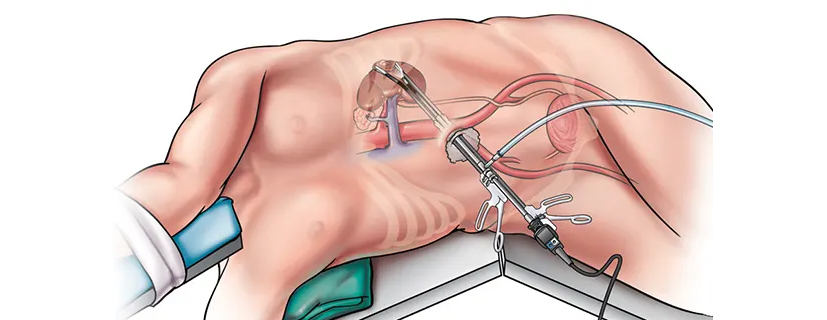Book Appoinment
Nephrectomy


Nephrectomy is a surgical procedure in which one or both of the kidneys are removed. It can be performed for various reasons, including treating kidney diseases, removing cancerous tumors, managing severe kidney injuries, or as part of a kidney transplant.
There are two main types of nephrectomy:
Partial Nephrectomy: In this procedure, only a portion of the kidney is removed while preserving the remaining healthy tissue. It is usually done to remove small tumors or when preserving kidney function is important, such as when the other kidney is already compromised.
Radical Nephrectomy: This involves the complete removal of the affected kidney, including the kidney tissue, surrounding fat, and sometimes nearby lymph nodes. It is typically performed when there is a large tumor, advanced kidney disease, or the presence of cancer.
Nephrectomy can be performed through different surgical approaches, including:
Open Nephrectomy: This is the traditional approach where a large incision is made in the abdomen or the side of the patient to access the kidney.
Laparoscopic Nephrectomy: This is a minimally invasive approach that uses several small incisions and specialized instruments, including a laparoscope (a long, flexible tube with a camera) to visualize and remove the kidney.
Robotic-assisted Nephrectomy: This is a type of laparoscopic nephrectomy where the surgeon uses robotic instruments to perform the procedure with enhanced precision and control.
